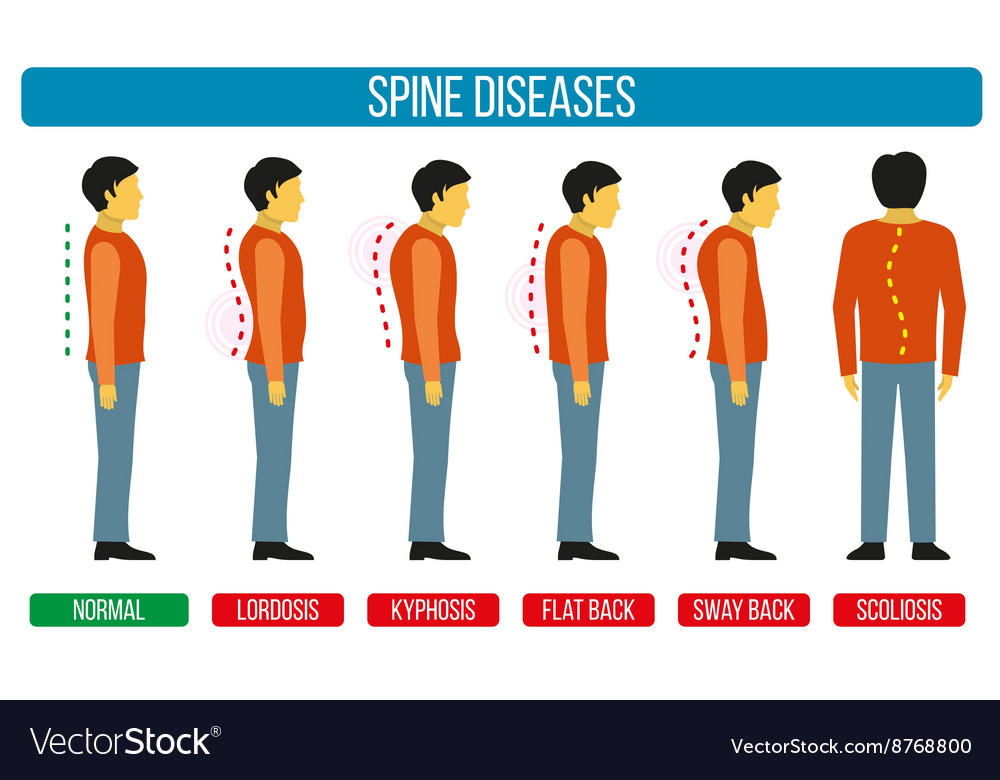A Beginner'S Overview To Recognizing Various Types Of Pain In The Back: Reasons And Therapies
A Beginner'S Overview To Recognizing Various Types Of Pain In The Back: Reasons And Therapies
Blog Article
Writer-Carroll Almeida
If you've ever before experienced pain in the back, you understand exactly how incapacitating it can be. From plain aches to sharp, shooting pains, understanding the source is vital for locating alleviation. Whether it's an outcome of bad stance, injury, or a clinical problem, identifying the details kind of neck and back pain you're managing is the first step towards efficient treatment. So, what are the various kinds of neck and back pain, and just how can you pinpoint the cause to alleviate your discomfort?
Common Types of Back Pain
When it involves neck and back pain, there are a number of usual types that people may experience. One prevalent kind is muscle mass strain, frequently triggered by raising heavy objects or sudden movements that strain the muscles and ligaments in the back. This type of pain can vary from mild discomfort to serious, pain relying on the extent of the stress.
An additional usual type is herniated discs, which take place when the soft cells between the vertebrae bulges out and puts pressure on the surrounding nerves. This can result in pain, feeling numb, or prickling sensations in the back or legs.
Furthermore, sciatic nerve pain is a sort of back pain that originates in the lower back and radiates down one or both legs because of compression or irritability of the sciatic nerve.
Degenerative disc disease is an additional kind where the discs in the spine wear away over time, creating discomfort, rigidity, and decreased wheelchair. Understanding these typical types of back pain can help you identify and address the source of your pain successfully.
Root Causes Of Pain In The Back
To comprehend the root causes of back pain, it's important to consider various aspects that can contribute to this usual problem. is a chiropractor a real doctor of the most common causes is muscular tissue or tendon strain as a result of unexpected activities, raising heavy objects incorrectly, or poor pose. Conditions such as joint inflammation, osteoporosis, and herniated discs can likewise lead to neck and back pain.
Injuries from crashes or falls can cause acute or persistent neck and back pain as well. https://ricardojeysm.tusblogos.com/31908586/usual-myths-about-chiropractors-debunked-what-you-required-to-know , absence of exercise, and less active lifestyles are considerable factors to pain in the back, as excess weight places pressure on the spinal column. Poor ergonomics at work or home, such as sitting for expanded periods in unpleasant positions, can additionally create neck and back pain.
Emotional factors like anxiety and stress and anxiety can manifest physically as neck and back pain. Understanding these diverse causes can help recognize the root of your discomfort and guide you in the direction of effective treatment choices.
Treatment Choices for Neck And Back Pain
Addressing pain in the back successfully needs a customized approach that considers the specific variables contributing to your discomfort. Treatment choices for back pain differ relying on the reason and extent of your signs and symptoms. In most cases, moderate to regulate pain in the back can be handled with over the counter pain medicines such as advil or acetaminophen.
scoliosis chiropractor and extending workouts can help improve flexibility, enhance muscle mass, and relieve discomfort in the long term. For much more serious cases, a healthcare provider may suggest prescription medicines, injections, and even surgical treatment as a last option.
Alternate therapies like acupuncture, chiropractic care, and massage treatment have additionally shown assurance in lowering back pain for some individuals. Way of life adjustments such as maintaining a healthy and balanced weight, exercising great pose, and remaining active can play a considerable role in preventing and handling neck and back pain.
It's essential to work closely with your healthcare provider to establish one of the most effective therapy plan for your details condition.
Conclusion
Now that you have a far better understanding of the common kinds of back pain, their reasons, and therapy options, you can take aggressive steps to handle and prevent pain. Keep in mind to listen to your body, seek clinical advice if required, and check out different treatment alternatives that function best for you. By remaining notified and aggressive, you can improve your lifestyle and reduce the impact of pain in the back on your everyday activities.
